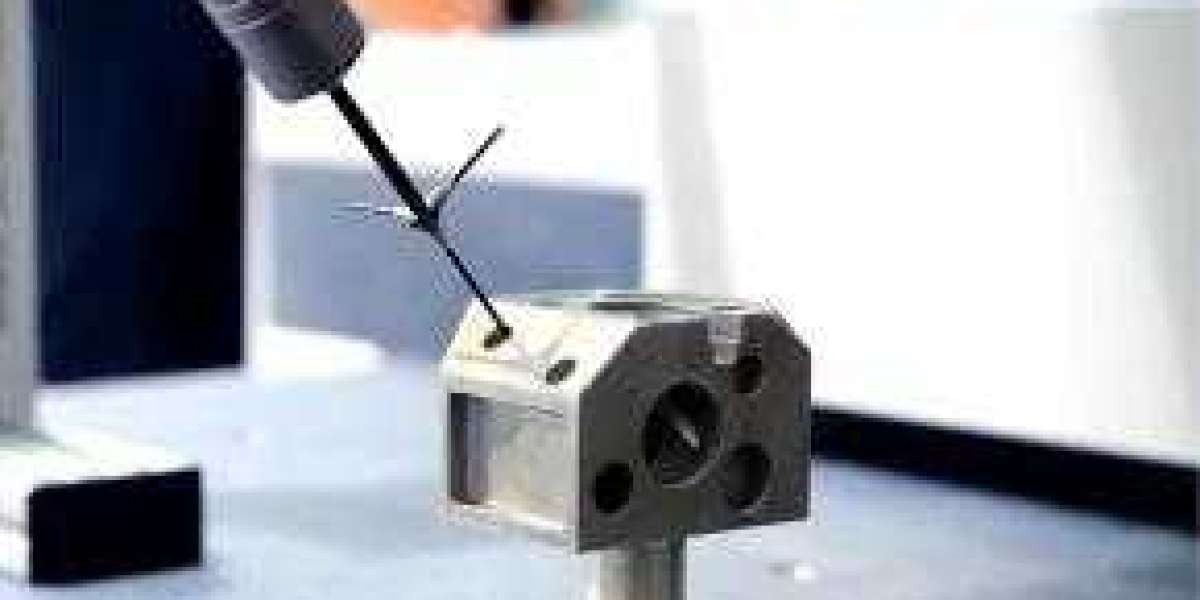Introduction
The field of medical device prototype development has witnessed remarkable advancements in recent years, driven by cutting-edge technologies and innovative manufacturing processes. This article delves into three key areas revolutionizing medical device prototyping: machining PTFE, overmolding plastic on metal, and the utilization of Chinese CNC routers. These advancements are shaping the future of medical device innovation, precision, and functionality.
Machining PTFE: Unlocking Possibilities in Medical Device Design
Polytetrafluoroethylene (PTFE), commonly known as Teflon, has become a popular material choice for medical device applications due to its exceptional biocompatibility, chemical resistance, and low friction properties. Machining PTFE allows for the creation of intricate and precise components, enabling the design and development of advanced medical devices.
CNC machines, equipped with specialized tooling, can accurately shape and machine PTFE into complex geometries. From surgical instrument handles to implantable components, machining PTFE offers the flexibility to translate design concepts into functional prototypes with high tolerances. This level of precision is crucial in the medical field, where device performance and patient safety are paramount.
Overmolding Plastic on Metal: Combining Strength and Versatility
Overmolding, a process that involves molding one material onto another, has gained significant traction in medical device manufacturing. Overmolding plastic on metal offers a unique set of benefits, combining the strength and durability of metal with the versatility and design possibilities of plastic.
In medical devices, overmolding allows for the creation of components with soft, ergonomic grips or cushioning features that enhance patient comfort. The process involves placing a pre-machined metal substrate into a mold, followed by injecting plastic material around it. This seamless integration of metal and plastic results in robust and functional prototypes, providing the necessary balance between structural integrity and user-friendly design.
Chinese CNC Routers: Affordable Precision and Manufacturing Capabilities
Chinese CNC routers have emerged as a cost-effective solution for medical device prototype development. These machines leverage advanced computer-controlled technology to precisely cut, shape, and carve a wide range of materials, including metals, plastics, and composites.
Chinese CNC routers offer competitive pricing without sacrificing precision and quality. With their versatility and scalability, these machines enable the production of complex medical device prototypes at a fraction of the cost compared to traditional machining methods. Leveraging Chinese CNC routers empowers medical device manufacturers to accelerate the development timeline, reduce costs, and iterate designs more efficiently.
Regulatory Considerations and Quality Assurance
While embracing these advancements in medical device prototype development, it is essential to emphasize the significance of regulatory compliance and quality assurance. Medical devices must adhere to rigorous standards and regulations to ensure patient safety and efficacy. Manufacturers must engage in thorough testing, validation, and documentation processes to meet regulatory requirements.
Additionally, collaborating with reputable suppliers and manufacturers in the medical device industry is crucial. When outsourcing production or utilizing technologies such as Chinese CNC routers, it is important to partner with trusted vendors who prioritize quality control, have a proven track record, and comply with the necessary certifications and regulations.
Conclusion
The landscape of medical device prototype development continues to evolve, driven by technological advancements and innovative manufacturing processes. Machining PTFE opens the doors to intricate designs and highly precise components, while overmolding plastic on metal combines strength and versatility for enhanced functionality. Chinese CNC routers provide affordable precision and manufacturing capabilities, enabling efficient production of medical device prototypes.








